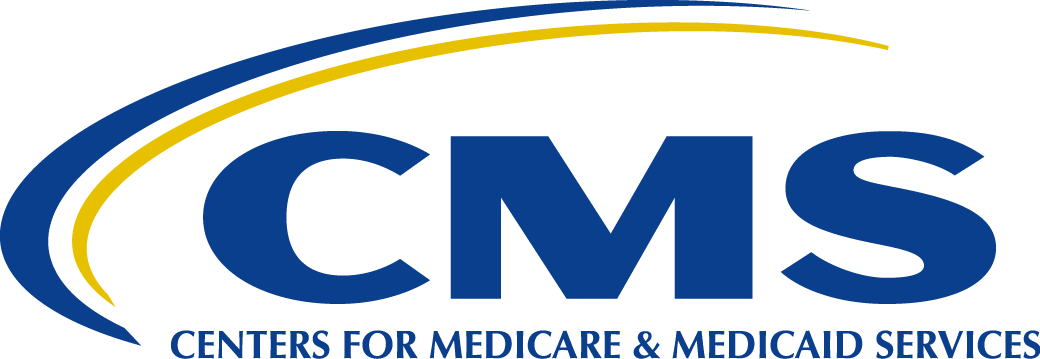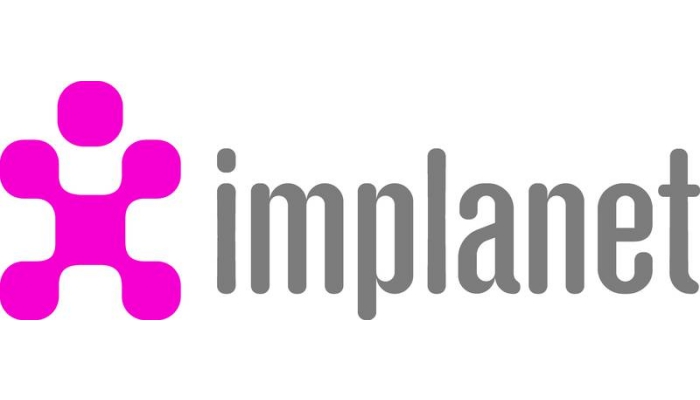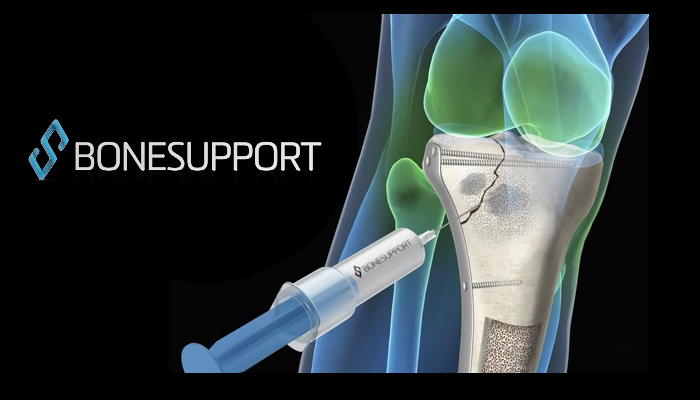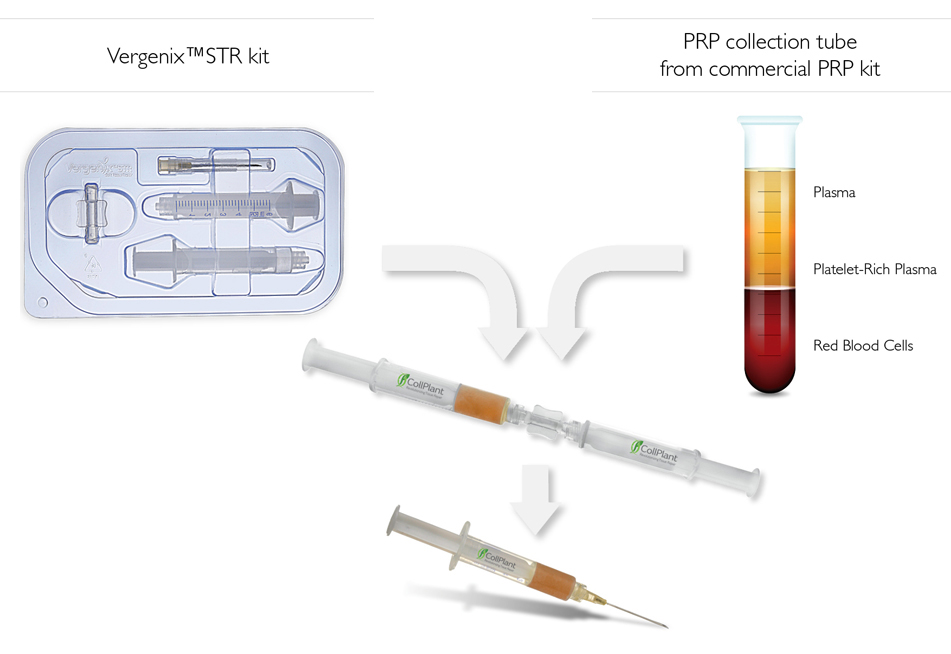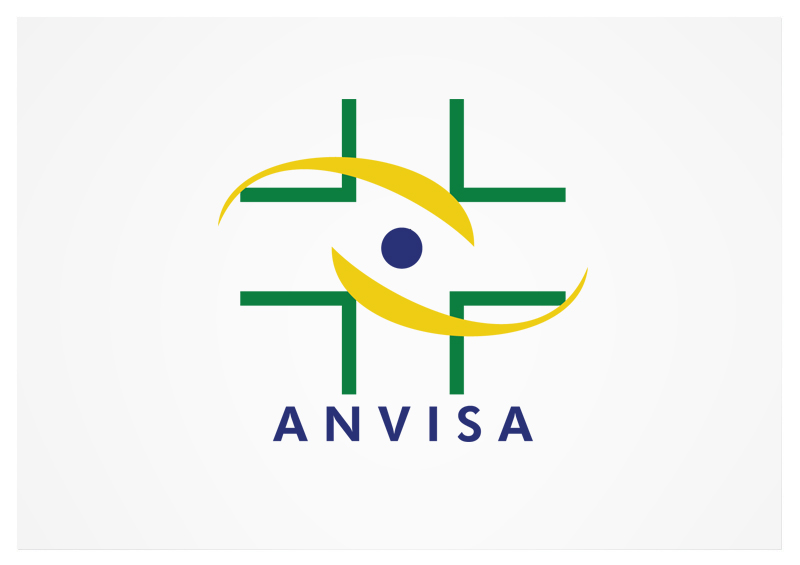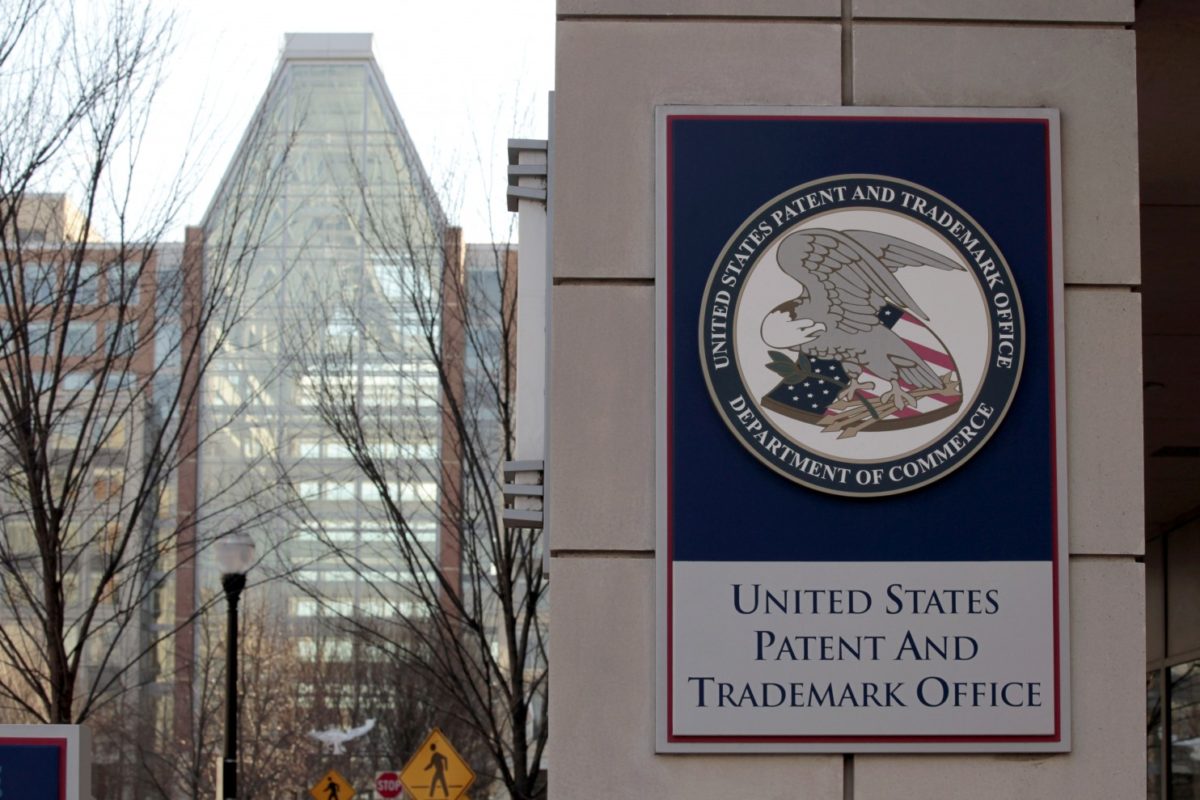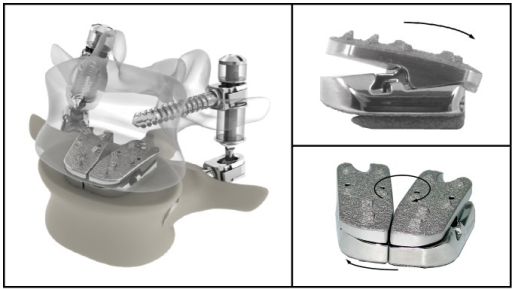MARIETTA, Ga., Aug. 30, 2016 /PRNewswire/ — MiMedx Group, Inc. (NASDAQ: MDXG), the leading regenerative medicine company utilizing human amniotic tissue and patent-protected processes to develop and market advanced products and therapies for the Wound Care, Surgical, Orthopedic, Spine, Sports Medicine, Ophthalmic, and Dental sectors of healthcare, provided an update today on the status of key clinical trials.
Plantar Fasciitis Investigational New Drug (“IND”) Study Receives FDA Approval for Protocol Amendment Reducing Follow-up Requirements by One Year
Pursuant to the Company’s agreement with the Food and Drug Administration (“FDA”) to pursue a Biologics License Application (“BLA”) with the Company’s AmnioFix® Injectable product, MiMedx entered a Phase IIB Randomized Control Trial (“RCT”) for the treatment of plantar fasciitis in August, 2014. The FDA approved the clinical study protocol which targets 146 subjects at up to 20 clinical sites. The study has met a very significant milestone. In the initial protocol, a 24-month follow-up blood draw was requested by the Agency in order to determine if the micronized dHACM injection elicited an immune response in patients. An amendment was submitted to the FDA based on generated data requesting a protocol amendment to remove the 24-month follow-up requirement for this clinical trial. Because of the excellent safety profile and the lack of immunogenic response seen in the study patients thus far, the FDA has agreed that two year data is NOT needed and reduced the requirement to one year. This is a major milestone for this study.
Parker H. “Pete” Petit, Chairman and CEO, said, “At present, 109 of the 146 patients have been consented and 103 randomized in the plantar fasciitis study, in a total of 13 sites, and the study should be fully enrolled by the end of the year. In terms of cost, the total expenditure for this study is projected to be slightly over $2 million, a large portion of which has already been expensed since the inception of the study in late 2014.”
BLA/PMA Compliant Chronic Wound Clinical Trials Near Completion
Bill Taylor, President and COO, stated, “In anticipation of additional needs for future regulatory and/or reimbursement purposes, we have had two large, multi-center chronic wound studies under way since 2014. One study is for diabetic foot ulcers (“DFUs”) and the other is for venous leg ulcers (“VLUs”). These large studies follow the multiple clinical trials with EpiFix® concluded over the years, including the published 100 patient comparative effectiveness trial against a competitive product, and complete the DFU and VLU clinical trials for EpiFix. As with the comparative effectiveness study, the two studies that are underway follow the 2006 FDA Guidance for Industry-Chronic Cutaneous Ulcer and Burn Wounds. This is the guidance document that outlines clinical trial design for Premarket Approval (“PMA”) and BLA products.”
The multi-center DFU study was designed to have in excess of 10 sites and a target enrollment of 130 patients. This study currently has 12 sites enrolling patients, with 105 enrolled to date. The Company expects to complete enrollment by the end of this year. This study has been ongoing since 2014. The total cost of the study is expected to be less than $2 million, and a large portion of this estimated $2 million has already been expensed by the Company.
The multi-center VLU study targeted in excess of 10 sites and 120 patients. At present, 11 sites have enrolled 123 patients. MiMedx expects that this study will conclude enrollment shortly, and will be completed by the end of this year. This study is also expected to cost under $2 million. As with the other two studies mentioned above, a large portion of the cost of this study has already been expensed.
Investments in Clinical Trials Position MiMedx Favorably for Any Outcome from FDA Industry Meeting
Petit commented, “We expect the industry meetings that the FDA is holding on September 8, 12 and 13, 2016 to be very enlightening and productive relative to questions that have arisen over the last several years on amniotic membrane and other tissue allografts. We will be extending a thank you to the FDA for the approach it is now taking to these two meetings. Including industry, physicians, scientists and patients in the deliberations will be very beneficial. Regardless of how these discussions are perceived, we believe MiMedx is the best positioned organization to fulfill further regulatory requirements in the future, if they are mandated. As a matter of fact, we have already incurred much of the expenses to do so. In addition, we are now past the half way point in patient enrollment for our IND/BLA study for our micronized allograft, and we expect completion of patient enrollment near the end of 2016.”
“It is well known that the FDA is reviewing its HCT/p 361 regulations and Draft Guidance documents, and considering potentially further modifications of the regulations. By early 2017, MiMedx will have completed a total of three large multi-center clinical trials for EpiFix on chronic wounds that will meet the FDA’s 2006 Guidance Document for Phase III clinical trials of chronic wounds. The FDA typically only requests two such studies in BLA programs, so we are extremely well positioned for any potential changes in regulations related to HCT/ps and their use in chronic wounds. Also, MiMedx has already spent the majority of the dollars needed for those clinical trials. Should the FDA update its regulations such that our EpiFix product line would need a BLA after a suitable transition period, or frankly, if we decide to voluntarily request a BLA for a specific indication for use, we feel that the data we will have from these three large clinical trials should be sufficient to meet the FDA’s clinical trials requirement for a BLA. Therefore, we believe that MiMedx is in the leadership position in this area, no matter which direction the FDA takes relative to updating its Draft Guidance documents and regulations,” added Taylor.
Petit commented, “In the event that the FDA Draft Guidance Document on Homologous Use is finalized exactly as published in the draft documents, we would disagree that the science supports such a result; however, we will comply with the new regulations. If we don’t appeal or otherwise contest the changes, we will simply change our marketing material to match the examples in the Draft Guidance. If that happens, I expect that we will immediately begin to enter the process for a BLA. We expect that the clinical data that we will have from our three Phase III level studies will meet the study requirements for a BLA for chronic wounds. The two remaining studies should be complete and submitted for publication early next year.”
Shareholder Call
MiMedx management will host a live broadcast of its conference call to discuss the clinical studies highlighted in this press release. In light of the upcoming Labor Day holiday, the conference call will be held on Wednesday, September 7, 2016, beginning at 10:30 a.m. eastern time. A listen-only simulcast of the MiMedx Group conference call will be available on-line at the Company’s website at www.mimedx.com. A 30-day on-line replay will be available approximately one hour following the conclusion of the live broadcast. The replay can also be found on the Company’s website at www.mimedx.com.
About MiMedx
MiMedx® is an integrated developer, processor and marketer of patent protected and proprietary regenerative biomaterial products and bioimplants processed from human amniotic membrane and other birth tissues and human skin and bone. “Innovations in Regenerative Biomaterials” is the framework behind our mission to give physicians products and tissues to help the body heal itself. The MiMedx allograft product families include our: dHACM family with AmnioFix®, EpiFix® and EpiBurn® brands; Amniotic Fluid family with OrthoFlo brand; Umbilical family with EpiCord™ and AmnioCord™ brands; Placental Collagen family with CollaFix™ and AmnioFill™ brands; Bone family with Physio® brand; and Skin family with AlloBurn™ brand. AmnioFix, EpiFix, and EpiBurn are our tissue technologies processed from human amniotic membrane; OrthoFlo is an amniotic fluid derived allograft; EpiCord™ and AmnioCord™ are derived from the umbilical cord; Physio is a unique bone grafting material comprised of 100% bone tissue with no added carrier; AlloBurn is a skin product derived from human skin designed for the treatment of burns; and CollaFix, our next brand we plan to commercialize, is our collagen fiber technology, developed with our patented cross-linking polymers, designed to mimic the natural composition, structure and mechanical properties of musculoskeletal tissues in order to augment their repair.
We process the human amniotic membrane utilizing our proprietary PURION® Process, to produce a safe and effective implant. MiMedx is the leading supplier of amniotic tissue, having supplied over 600,000 allografts to date for application in the Wound Care, Burn, Surgical, Orthopedic, Spine, Sports Medicine, Ophthalmic and Dental sectors of healthcare.
Safe Harbor Statement
This press release includes statements that look forward in time or that express management’s beliefs, expectations or hopes. Such statements are forward-looking statements within the meaning of the Private Securities Litigation Reform Act of 1995. These statements include, but are not limited to the Company’s belief that it is the best positioned organization to fulfill further regulatory requirements in the future, if they are mandated by the FDA; that MiMedx is in a leadership position related to clinical trial requirements for BLAs, no matter which direction the FDA takes relative to updating its guidance documents; that in the event the FDA finalizes its Draft Guidance on Homologous Use in its current state, the Company will immediately begin to enter the process for a BLA, so as to claim wound healing; that the Company expects that the clinical data it will have from its three Phase III level studies will meet the study requirements for a BLA for chronic wounds, and that the two remaining studies should be complete and submitted for publication early next year. Among the risks and uncertainties that could cause actual results to differ materially from those indicated by such forward-looking statements include that the FDA may impose regulations that are not anticipated by the Company, that the data the Company will have from its three large clinical trials may not be sufficient to meet the FDA’s clinical trials requirements for a BLA or that the requirements may change, that the Company may not be able to enter the process for a BLA so as to claim wound healing should this become necessary, that the two remaining Phase III level studies may not be completed on schedule and may not be ready for publication early next year or may not ultimately be accepted for publication, and the risk factors detailed from time to time in the Company’s periodic Securities and Exchange Commission filings, including, without limitation, its 10-K filing for the fiscal year ended December 31, 2015 and its most recent 10Q filing. By making these forward-looking statements, the Company does not undertake to update them in any manner except as may be required by the Company’s disclosure obligations in filings it makes with the Securities and Exchange Commission under the federal securities laws.
SOURCE MiMedx Group, Inc.
Related Links

